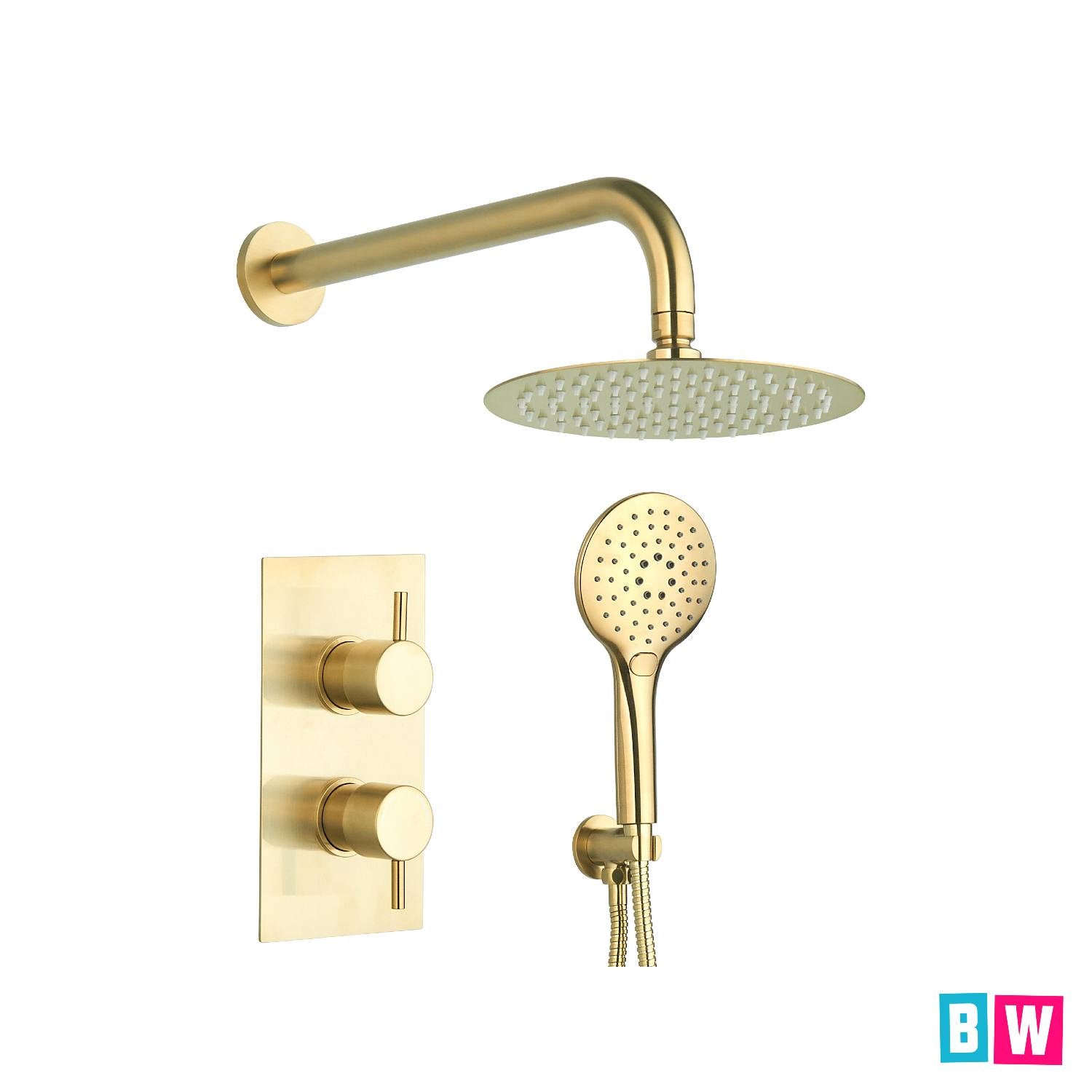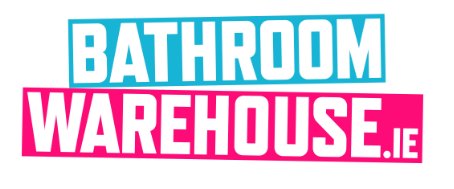01 864 5119

Top Tips for Buying Concealed Showers
Concealed showers have become a staple of modern Irish bathrooms for anyone seeking a streamlined, spa-inspired look. With only the handles and showerheads on display, these systems tuck all the pipework and valves neatly out of sight, creating a tidy, contemporary finish that’s especially appealing in Irish homes where space is precious.
What Exactly is a Concealed Shower?
A concealed shower keeps all the technical bits – the mixer valve, pipes, and connections – hidden behind the wall. Only the control plate and shower head are visible once everything is finished. This means your shower looks less cluttered and is much easier to keep clean compared to traditional exposed setups where pipes and boxes are on show.
Practical Advantages for Irish Bathrooms
Tidier Looks, More Space
Irish bathrooms can be on the small side, so anything that frees up floor and wall space is a real advantage. With its flush design, a concealed shower gives your bathroom a more open feel and makes cleaning tiles and surfaces much simpler, as fewer awkward nooks collect grime.
Easy Cleaning and Less Limescale
Concealed showers mean fewer external parts for limescale and soap scum to stick to. That’s a big plus in parts of Ireland with hard water, especially if you regularly wipe down the valve plate and showerhead.
Modern Safety and Comfort
Most concealed showers in Ireland use thermostatic valves, which are excellent for keeping water temperature steady. This is especially reassuring in family homes, as it prevents those sudden blasts of hot or cold water when someone else turns on a tap or flushes the loo.
What You Need to Know Before Buying
Wall Space and Access
Concealed showers need some depth inside the wall. In many Irish homes – especially older ones – you may need to build a false wall or partition to fit the valve and pipes, particularly if there is solid block or stone behind your tiles.
Always plan for a way to reach the valve in future, whether that’s a small access panel in the next room or a clever removable feature in your bathroom. This makes any future repairs much less of a headache.
Professional Installation is a Must
Concealed showers are best left to professional plumbers, especially as getting the pipes and valve in the right position is crucial for everything to work smoothly. This is not a job for a quick DIY project, particularly because leaks will be hidden and messy repairs are unwelcome.
Consider Your Water Pressure
A lot of concealed shower valves, particularly those with multiple heads or rainfall settings, need good water pressure. Many Irish houses, especially rural ones, still rely on older cold water tanks in the attic. If your pressure is low, think about upgrading your supply or installing a pump so your new shower lives up to its potential.
Making Your Choice
Thermostatic or Manual Valve?
Thermostatic valves – which constantly regulate water temperature – are the standard recommendation for Irish families and anyone who values set-and-forget comfort and safety. Manual mixers are a simpler option but can be fiddly and offer less protection against sudden temperature changes.
Single or Multiple Outlets?
Decide if you want a straightforward overhead or hand shower, or a system with extra features like body jets or a secondary handset. While it can be tempting to go big, too many outlets can complicate things and might need further upgrades to your water supply.
Match Your Bathroom Style
The only bit you and guests will see is the front plate and showerhead. Choose a design and finish that ties in with your taps and radiator for a smart, coordinated look. Chrome is still the go-to, but brushed brass or matt black can add instant style if you want something different.
Avoiding Mistakes
-
Always check your wall depth before you buy. Measure twice and consult your installer before ordering.
-
Insist on an accessible valve for future maintenance. Concealed does not mean impossible to access.
-
Do not be tempted by cheap, unbranded valves and fittings. If a part fails, you do not want to go hacking into your wall. Stick with reputable brands easily available in Ireland.
-
Speak to your plumber about water pressure and flow rates before committing to a multi-head or drench shower.
Irish Maintenance Tips
-
Give everything a quick wipe after each use to prevent water marks, especially if you are in a hard water area.
-
Check for any signs of damp or leaks around the plate or below the shower; spot issues early to avoid hidden damage.
-
Keep your product information and install photos handy. If anything needs servicing, this will save headaches later.
Who Should Consider a Concealed Shower?
They are ideal for anyone renovating or building a new Irish bathroom from scratch, as it is far easier to fit the valve when the walls are open. If you want a streamlined look, love easy cleaning, and are happy to invest in professional installation, a concealed shower is a sound long-term choice.
For quick retrofits or if you are a novice DIY-er, traditional exposed showers might be simpler and more cost effective, though they will not offer the same designer look.
The Final Word
Concealed showers are one of the best ways to get a premium, uncluttered bathroom look at home in Ireland. With thoughtful planning, a good installation, and reliable components, you get modern style, reliable comfort, and far less to clean. Consider your water supply, plan for future access, and choose a finish that harmonises with your taps and radiator for a space that truly feels polished and purpose-built.
